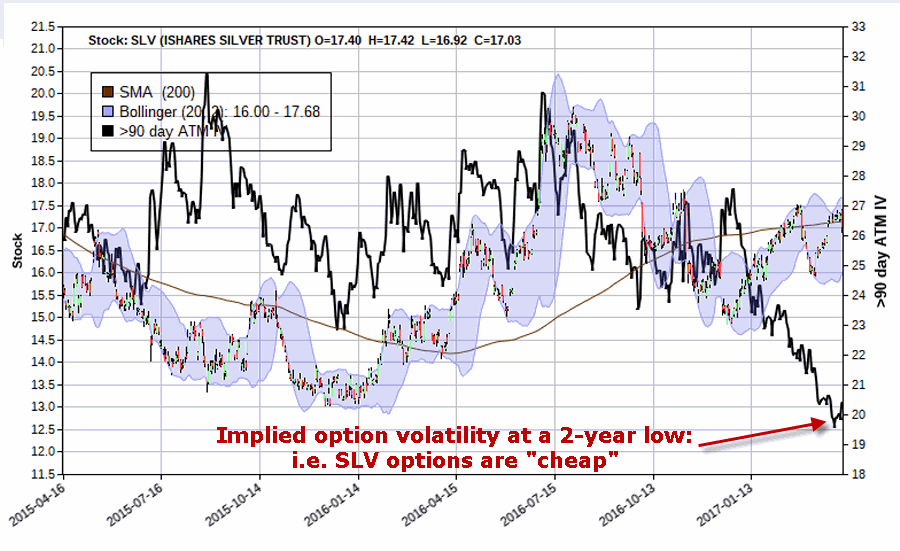The beginning of the month of May and the end of the month of May into early June have overall been a decent time to be in the stock market. The middle of May, typically not so much.
This article is an update from this article written almost a year ago.
(See also A Really (Really) Long-Term Perspective on Interest Rates)
The “Proper Outlook” for May
For our purposes we will split May (into June) into three segments:
*Segment 1 (Bullish): The first 3 trading days of May
*Segment (Bearish): May trading days #4 through #16
*Segment 3 (Bullish): May trading day #17 through the 5th trading day of June
For 2017:
*Segment 1 extends from the close on 4/28/17 through the close on 5/3/17
*Segment 2 extends from the close on 5/3/17 through the close on 5/22/17
*Segment 3 extends from the close on 5/22/17 through the close on 6/7/17
In 2016:
*Segments 1 and 3 combined to gain +1.8%
*Segment 2 lost (-0.9%)
From 1934 through 2016
*Segments 1 and 3 combined to gain +160.5%
*Segment 2 lost (-51.5%)
 Figure 1 – Growth of $1,000 invested in Dow Jones Industrials Average during May/June Bullish Segments 1 and 3 (blue line) versus Bearish Segment 2 (red line); 1934-2017
Figure 1 – Growth of $1,000 invested in Dow Jones Industrials Average during May/June Bullish Segments 1 and 3 (blue line) versus Bearish Segment 2 (red line); 1934-2017
Segments 1 and 3 combined:
*showed a gain 54 times (65%)
*showed a loss 29 times (35%)
*Average gain = +2.9%
*Average loss = (-2.0%)
*Median return all years = +0.88%
Segment 2:
*showed a gain 40 times (48%)
*showed a loss 43 times (52%)
*Average gain = +2.0%
*Average loss = (-3.4%)
*Median return all years = (-0.07%)
(See also Four Things to Watch for Warning Signs)
Summary
So is the beginning and end of May (plus the beginning of June) sure to see stock market gains? Not necessarily. Likewise, is the middle of May guaranteed to be a downer? Again, not necessarily.
But history suggests that that is the way to bet.
Jay Kaeppel
Disclaimer: The data presented herein were obtained from various third-party sources. While I believe the data to be reliable, no representation is made as to, and no responsibility, warranty or liability is accepted for the accuracy or completeness of such information. The information, opinions and ideas expressed herein are for informational and educational purposes only and do not constitute and should not be construed as investment advice, an advertisement or offering of investment advisory services, or an offer to sell or a solicitation to buy any security.























